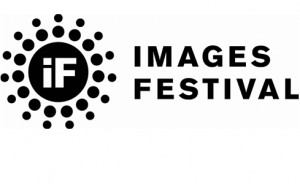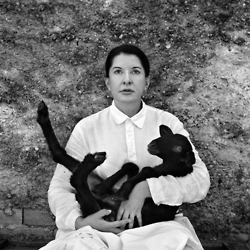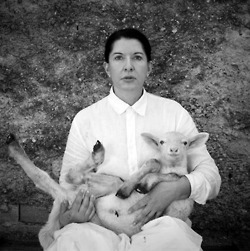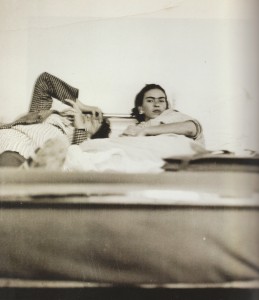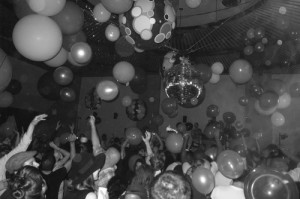This was written as part of a nomination of the Images Festival for the Premiers Art Awards for Individual Artists and Organizations in Ontario. November 26, 2007.
a) How long have you known your candidate and in what capacity?
I have known the Images Festival in its various guises and incarnations, from its beginnings, more than twenty years ago.
b) What is the nature of your candidates distinguished achievements and contributions to the arts or cultural industries in Ontario?
When the Images Festival began there was only one other movie festival in the city which called itself the Festival of Festivals. For all those round the world who were busy making short movies, or movies avec performance, or movies that showed in galleries, or (please don’t say the word aloud in polite company) VIDEO, not to mention the sixth columned, fifth walled, ambisexual, becoming animal, post queer, diy, identity based, diaspora, home grown heroes and everyone else who couldn’t be squeezed into the halcyon days of September—for all those and more there was at last the Images Festival. Difficult pictures for difficult people.
By now it is a commonplace that Toronto is the most film festivalled city the world over, and props for attaining critical mass are due naturally enough to the swollen behemoth that arises each autumn to deliver the brightest stars of the multinational movie firmament. But many of the festivals which now grace weekends the year round have sprung from moments of the Images Festival, which had first made a place for these left-behind moments of movie magic. What the Festival showed, first of all, is that these pictures belonged to this city, they stuck to us, they became us, and if they had been forgotten or left behind we loved them all the more. There was an appetite for movies here, and a need for pictures which could think, which could illuminate situations.
What the Images Festival did for a start was to convene the wedding of film and video (it’s hard to imagine there could have been a rift but…), and it was in this inclusive spirit that it kicked off matters in a three day celebration at the Factory Theatre in 1988. In doing so it offered common ground for communities which had begun in part by proclaiming their differences. Even as we have come together in an inextricable blur these past years, the picture of this unheralded intersection was first offered by the Festival.
After announcing its avant roots the Festival turned shortly to the thorny questions of identity politics, not simply showcasing and celebrating works by artists of colour, but providing critical dialogues, a place where artists could challenge their audiences and audiences their artists. The Festival increasingly embraced a documentary based practice, rubbing all that avant montage rhetoric into the coasts of Trinidad, the sketchy alleys of Manila, the outskirts of Jakarta. The Fest served notice that the avant of the avant garde had moved on, that the contentious questions of who was being represented, of power and race and the too often repressed histories of colonialization needed to be aired out. The more they showed the more work was made by way of response, there was a need so much larger than this city and the festival gathered it all up and turned it into light and ran it across screens for ten days each year. But it didn’t stop there. That same light was carried down into edit suites and studios and living rooms and balconies where it lived all year long.
Brave new bombs by Trinh T. Ming-ha and Marlon Riggs were dropped into our laps and we exploded right on cue. The AIDS crisis was killing our friends and into this wound we would pore our pictures, our remembrances, our sadness and anger. The Festival soaked all that up too.
And now? The Fest has put out books and hosted conferences and run their good things in New York City and through a growing network of contacts and openness turned April into a month of city-wide moving picture installations. Is it enough? It will never be enough. But one thing is for sure, there will be no resting on laurels, there are new artists waiting to be discovered, and a growing rank of senior citizens who are bringing their award hardware home. And if I might mention a single person amidst the too many who have given their hearts to the cause, the Festival is presently blessed with one Scott Miller Berry, an individual whose grace and kindness and good humour (!) will ensure that the festival’s well earned reputation for openness and risk taking will continue into the future. We need this kind of light in order to live with each other, in order to remake the city into something beyond the dreams of its condo developers and deal makers. These first two decades are only a beginning, there is so much more work to do, and we are fortunate there are those willing to give their time to it.
